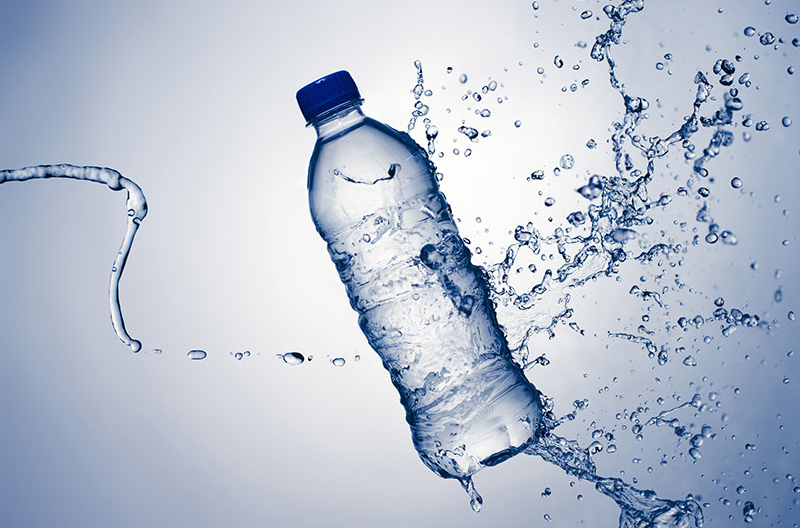New data from the Beverage Marketing Corporation (BMC) shows bottled water continues to be America’s favorite drink.
Consumers are increasingly choosing bottled water instead of less healthy packaged drinks. The BMC data detail how, since 2010, bottled water has steadily increased in sales volume each year, while consumption of carbonated soft drinks has declined. Bottled water outsold soda for the first time in 2016 and has done so each year since.
Americans consumed 14.4 billion gallons of bottled water in 2019, up 3.6 percent from 2018. Bottled water’s retail dollar sales also grew in 2019, up 5.2 percent reaching $34.6 billion. And per capita consumption rose 3.1 percent to 43.7 gallons, BMC data show.
For over a decade, the majority of the growth in bottled water consumption relative to other beverages has come from people switching to bottled water from other less-healthy packaged drinks (66 percent since 2006). And nine out of 10 Americans (91 percent) expect bottled water to be available wherever other drinks are sold, according to a survey conducted on behalf of the International Bottled Water Association (IBWA) by The Harris Poll.
This healthy consumption shift from sugary drinks to bottled water could also work in reverse. If bottled water is not available, 74 percent of people say that they will turn to other packaged drinks, not tap water, The Harris Poll found.
“People are choosing to drink fewer calories and making that healthy choice has the added benefit of helping the environment. Not only are bottled water containers 100 percent recyclable (including the caps) but they also contain much less plastic than soda and other packaged beverages,” says Jill Culora, IBWA’s vice president of communications.
Soda containers, on average, use 142 percent more PET plastic than bottled water containers (23.9 grams vs. 9.89 grams for 16.9-ounce containers). Soft drinks and other sugary beverages need thicker plastic containers due to their carbonation and/or bottling processes.
According to BMC Executive Director John G. Rodwan Jr., bottled water’s rise coincided with, and contributed to, major changes in consumer preferences for refreshment and rehydration.
“As the quintessential portable and affordable beverage, bottled water prompted the formation of new habits and even new usage occasions. Suitable for consumption at any time of night or day, and not necessarily requiring to be kept ice cold. Bottled water has become the preferred beverage option not only for consumers aiming to reduce caloric intake or lessen artificial sweetener usage, but also for consumers of all kinds. Carbonated soft drinks lack these attributes,” he said.
“Consumer preference for healthy hydration is really good news for public health,” said Culora. This is particularly important as the nation continues to experience high rates of obesity, diabetes, and heart disease. “And the bottled water industry is using much less plastic resin in its packaging, which is good for the environment. But to recapture this plastic for use in new bottles will require increased recycling rates.”

